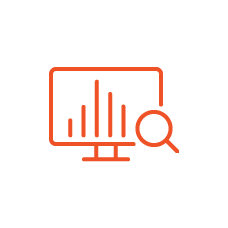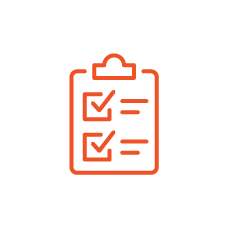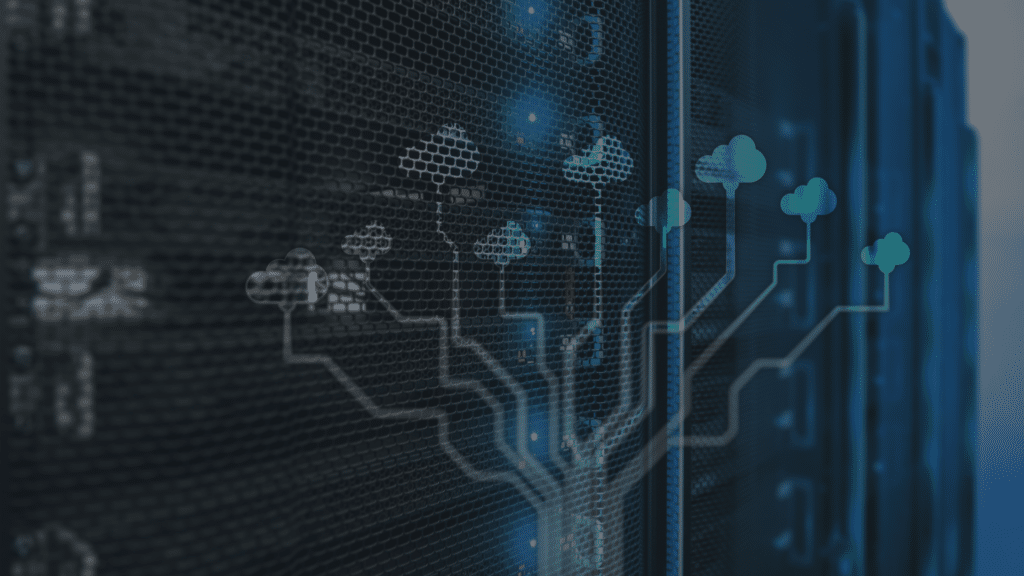Cybersecurity incidents cost Australian businesses $29 billion every year. With 60% of data breaches caused by unpatched systems, the cost of running on legacy systems is simply too high for any organisation.
While businesses may think their existing legacy systems are working just fine, running on these out-dated, old systems and servers can put your organisation at significant risk.
In 2017, the world was shaken to the core by one of the biggest cyber-attacks in history, affecting computers and systems in over 150 countries across the globe. The UK’s National Health Service (NHS) was crippled by the attack. Over 20,000 patient appointments were cancelled, 585 General Practices were locked out of their devices and 603 primary care facilities were otherwise affected across the country.
The attack cost the NHS £92million, with £72million spent on additional IT support, restoring data and systems and other IT and systems-related fixes.
The reason criminals were able to successfully attack the NHS? Outdated, vulnerable, and unpatched legacy systems.
With Windows 7 and Windows Server 2008 coming to the end of their product life, you need to start the process of updating your systems now before things get critical. Reduce your cyber security risk with thorough assessments and through secure and proper platform migration.
What does ‘end of life’ mean for businesses?
On 14 January 2020 Microsoft will end Windows 7 operating system and Windows 2008 servers. This means it will no longer provide support, nor will it develop patches or fixes for the OS.
Consequently, businesses that don’t update their systems by that time will be exposed to security issues and vulnerabilities, as well as facing significantly higher costs for fixes and support.
Here are 5 reasons why you need to update now.
1. INCREASED SECURITY
Data breaches and cyber-attacks are much more common that we’d like to admit, and the associated costs are exorbitant. Making sure your systems are up to date will significantly reduce your risk of cybersecurity incidents.
The age of your operating system has a direct relationship with other platforms you may need to run. Older systems will hold you to older platforms, which might bring with them other vulnerabilities – compounding your risks further.
Most companies like Microsoft regularly develop free updates and patches that are easy and simple to install on new OS, so your increased security comes at no extra cost. Through digital transformation and successful platform migration, you can manage security risks and data protection even as you’re transferring information through public cloud services.
2. COST SAVINGS
Remaining on old legacy systems will bring significant costs in the long run.
The cost IT support for old systems will be significantly higher, as there are no new fixes and patches developed by Microsoft.
You’ll find additional management and maintenance costs will also increase. And if your system goes down, support won’t be readily available, if available at all.
3. BETTER PERFORMANCE
Not only will you save money on new systems, but Windows 10 will also improve team performance.
With markedly quick start-up and reboot speeds, and increased responsiveness in Windows navigation, you can get working faster than ever before.
With improved multitasking capabilities, longer battery life thanks to improved power management as well as graphics performance improvements, Windows 10 will give you better overall performance than any previous versions. So, you and your team can get things done easier and faster.
4. A GOOD TIME TO MOVE TO THE CLOUD
If your organisation is considering a move to the cloud, this upgrade could be a logical inflection point that turns strategy into action.
Windows 10 allows native integration with public cloud services as well as cloud mobile device management platforms. This helps increase productivity and enables you to easily extend your storage beyond your local server and local cloud.
5. HOPE IS NOT A STRATEGY
Remaining on your legacy or outdated systems means your business moves forward the hope that nothing goes wrong. Ultimately, technology doesn’t just remain a critical vulnerability, it actually becomes the weakest link in your business strategy.
And not only from a security perspective. With digital transformation being front of mind for most industries, falling behind on your technology systems will also threaten the growth and success of your business.
As rolling out these updates should be a structured process you should start planning now. The greater the number of updates required the more critical it is to start planning now. A fool-proof managed detection and response strategy will also help you mitigate the effects of incoming cyberattacks or data leaks in the future.
RELATED ARTICLE: DISMANTLING THE BARRIERS TO DIGITAL TRANSFORMATION
How to move forward
Many businesses are stymied by a lack of experience with updates of this magnitude.
Performing a thorough analysis with a focus on cyber security risk assessment and being able to critically evaluate and validate the need to upgrade is a big task.
As a premier provider of IT security services, we’ve helped many of our clients plan and implement various levels of system updates. We also provide many with managed services that guarantee they never get into this situation again. From helping define the desired outcomes to taking care of the entire update process, we’ve done it all.
SPEAK TO US ABOUT HOW YOU CAN MOVE FORWARD WITH THIS CRITICAL UPDATE NOW.














